Top businesses maintain their position
The National Comprehensive Financial Strategy to 2025, with a vision to 2030 in Decision 149/QD-TTg sets a target of average insurance premium revenue to GDP of 3.5%. The scope of the Strategy aims to popularize basic financial products and services provided by licensed organizations, including: payment, money transfer, savings, credit, and insurance.
According to data from the Vietnam Insurance Association, from 2019 to 2023, the top 10 non-life insurance companies accounted for 78% of the total market revenue. Some names include PVI, Bao Viet, PTI, MIC... this group has always maintained its leading position, with little change in position in the past 5 years.
The easily recognizable points in the top group of enterprises are good financial health, strong capital from the state-owned corporation ecosystem, as well as the credit institutions behind. Behind the market leader PVI is the Vietnam National Oil and Gas Group, PTI is the Vietnam Post Corporation, MIC is the military bank MBBank , or Bao Minh, Bao Viet, the two oldest non-life insurance companies in Vietnam.

In recent years, the shareholder structure of this group of top enterprises has seen the presence of top global foreign strategic investors. These include the presence of HDI Global SE (Germany), Funderburk Lighthouse (Oman Government investment fund), International Finance Corporation (IFC) in the shareholder structure of PVI, or AXA Insurance Finance Group (France) and Firstland Company Limited, which is said to hold more than 20% of Bao Minh Insurance's capital.
Similarly, Hyundai Marine & Fire Insurance - HMFI also bought shares to hold 25% of VBI's charter capital. Bangkok Insurance and PICC P&C (People's Insurance Group of China) have cooperated with Bao Viet since 2018.
There is also the participation of foreign investors, backed by some of Vietnam's leading parent banks or large corporations such as BIDV, Agribank , Vietinbank, Vietnam National Petroleum Group, BIC group, VBI, PJICO are 3 notable bright spots with good growth rates in recent years.
BIC is considered the most prominent name with steady market share growth. In the 4 years from 2019, BIC's market share increased from 3.8%, 4.2% in 2020, 4.6% in 2021, 5.2% in 2022 and currently BIC's market share is 6.4% in 2023, ranking 6th in the market. BIC is aiming to enter the top 5 non-life insurers with the largest market share by 2025 with the support of foreign investor Fair Fax Asia, which holds 35% of shares. At VBI, for 4 years, it has always maintained steady growth, but the number is still very small at 3.6% in 2019 and increased to 4.9% market share in 2023.
Similarly, PJICO, 2023 is the first year that this company reaches the milestone of 4,000 billion VND in original insurance revenue. PJICO's pre-tax profit in 2023 reached 283.68 billion VND. Market share has always been maintained at 5-6% over the past few years. In addition, the market is waiting for new developments with the expectation of DB Insurance in the M&A deal with VNI and BSH. To date, DB holds 75% of charter capital at VNI, BSH and 37% of PTI's charter capital.
However, the positive figures of BIC or PJICO are nothing compared to the revenue of PVI, Bao Viet or Bao Minh. Specifically, by the end of 2023, the entire PVI system had completed its targets with a total consolidated revenue of VND 16,083 billion, Bao Viet reached VND 11,752 billion, and Bao Minh was more than VND 6,600 billion.
The lower group has less opportunity.
In contrast to the above group, the remaining 22 enterprises, which only account for about 22% of the market share, are competing fiercely to find a foothold. Currently, many enterprises in this group have the participation of famous foreign partners, but most of them have not been successful and many investors have failed and withdrawn.
The first foreign investor to enter the Vietnamese insurance market in 2001, licensed in 2005, was Groupama Vietnam General Insurance Company Limited with the support of Groupama Assurances Mutuelles - a prestigious French insurance group.
However, in September 2022, the Ministry of Finance has just issued an official dispatch approving Tasco to receive the transfer of 100% of the capital contribution of Groupama Vietnam General Insurance Company Limited. After nearly 20 years of presence, Groupama officially withdrew from the Vietnamese market.
In May 2012, Australia's leading insurance group IAG completed the purchase of 30% of AAA Insurance Joint Stock Company's shares. Less than a year later, the group increased its holding in AAA Insurance to 60.9%.
After nearly 10 years of holding, by the end of 2021, Bamboo Capital Group and BCG Financial acquired 80.64% of shares and replaced IAG to become the largest shareholder of AAA. And this can be considered a not very successful deal for AIG.
In 2011, ERGO Insurance Group (Germany) purchased 10 million shares and became a strategic partner of Global Insurance Company (GIC), owning 25% of the shares. At that time, both sides expected that this cooperation agreement would help improve GIC's position in the Vietnamese non-life insurance market. Contrary to expectations, after more than 10 years of investing in GIC, the company still holds a relatively small market share in the non-life market. The market share in 2019 was 2.6%, but by the end of 2023, this number will decrease to only 2.2%.
Similarly, AFC Vietnam Fund (AFC VF Limited), an investment fund from the Cayman Islands, has been a foreign shareholder of ABIC Agricultural Insurance for more than 10 years. However, after many years of having foreign shareholders, this insurance company is still in the bottom group, and its market share has even tended to decrease from 3.3% to 2.8% since 2019.
It can be seen that a common point of the above deals is that foreign investors entered quite early, with strong financial potential from the parent corporation, with hundreds of years of experience in the world... but after many years of doing business in Vietnam, most of them had to make an unhappy new choice: withdraw from the market or accept to wait wearily for new opportunities.
In fact, in the fierce competition, some small brands are showing weakness. The names in the lower group such as GIC, ABIC, Bao Long... have in common that they have had foreign investors for many years but have not shown much and the enterprises are also struggling to maintain 1-3% market share to survive. Some enterprises even have their market share reduced.
According to financial experts, most of these small businesses clearly recognize their disadvantages in competition and soon seek foreign partners as an open direction for development with high expectations of financial, management and market support. However, in reality, most of them have not met expectations.
With the characteristics of Vietnam's non-life insurance, the Top 10 market share rankings of the non-life insurance group are unlikely to change significantly in the near future and the opportunities for small businesses are quite limited. The competition to find a foothold in the market for this group of businesses is too difficult, and that seems not to be consistent with the vision of many shareholders who are foreign corporations.
Liu Ming
Source: https://vietnamnet.vn/thi-truong-bao-hiem-phi-nhan-tho-manh-dat-thu-hut-von-ngoai-2292374.html








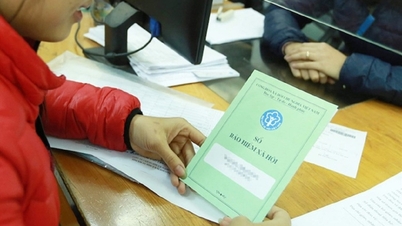

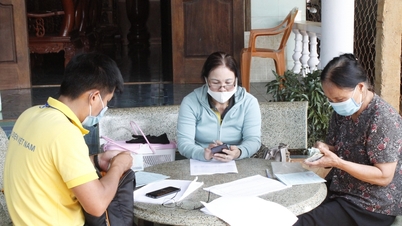

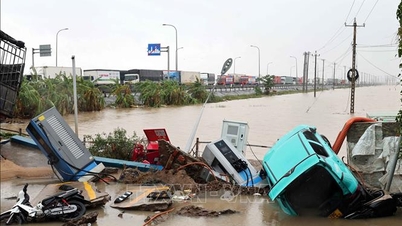

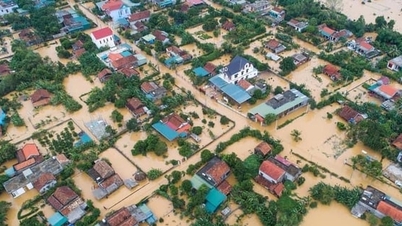

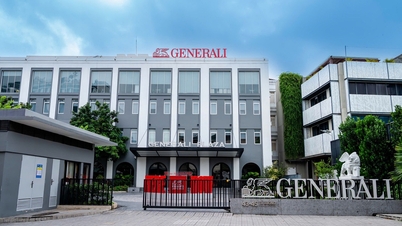




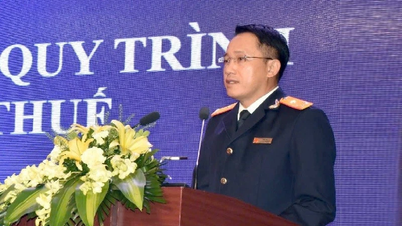


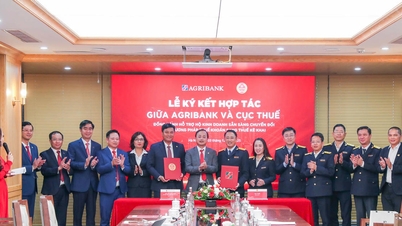


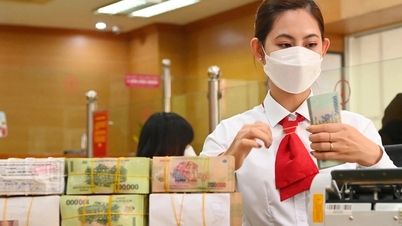






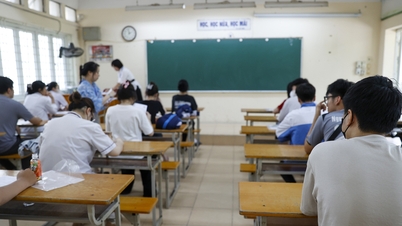

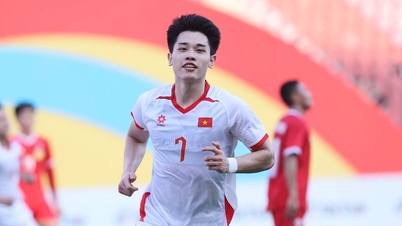

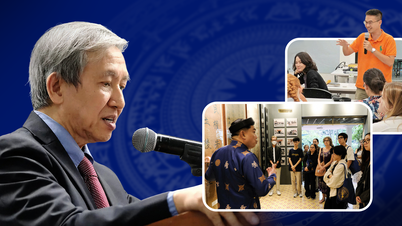
![[Photo] Parade to celebrate the 50th anniversary of Laos' National Day](/_next/image?url=https%3A%2F%2Fvphoto.vietnam.vn%2Fthumb%2F1200x675%2Fvietnam%2Fresource%2FIMAGE%2F2025%2F12%2F02%2F1764691918289_ndo_br_0-jpg.webp&w=3840&q=75)


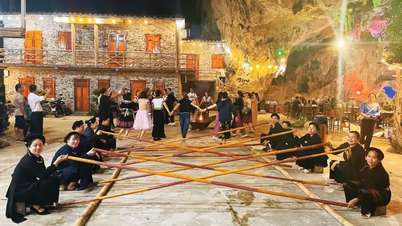



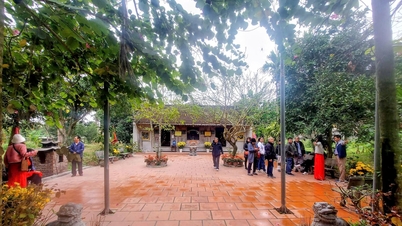



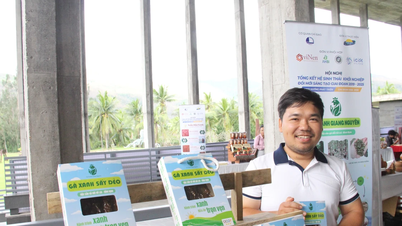
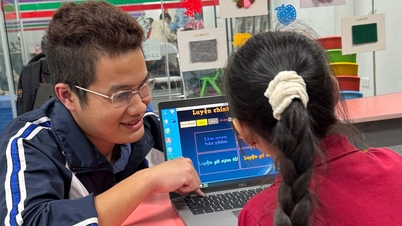

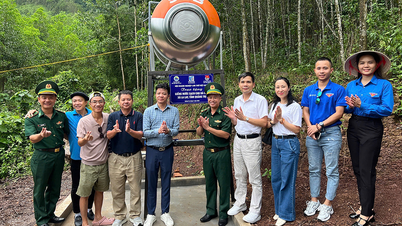

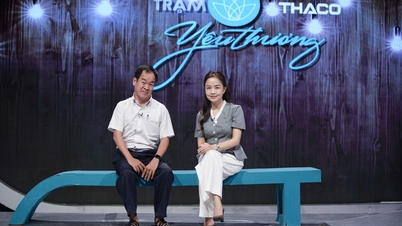

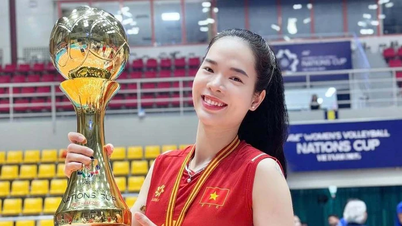

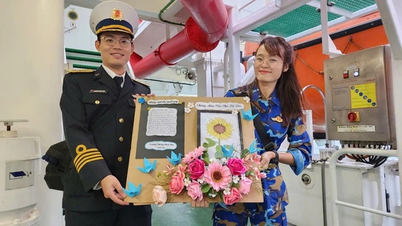

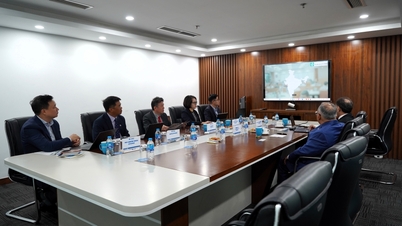
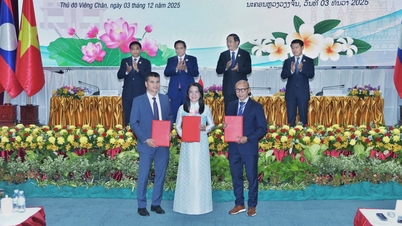



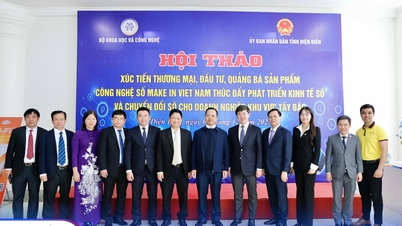






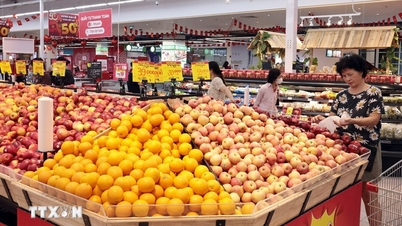

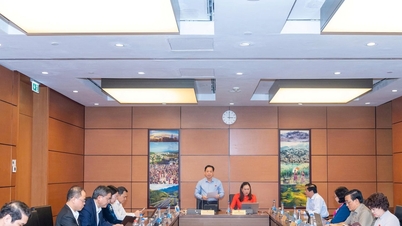



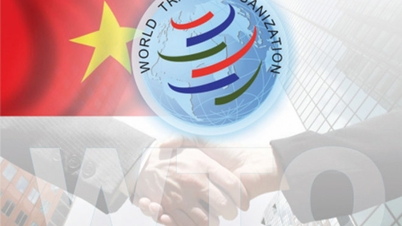
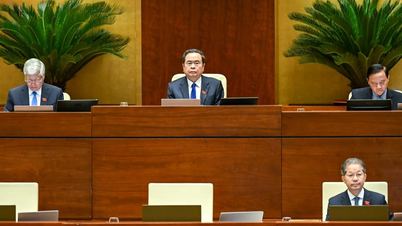
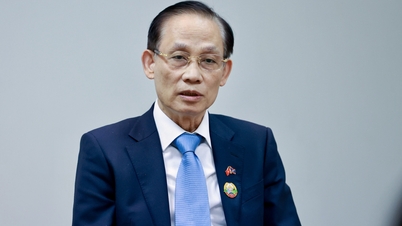
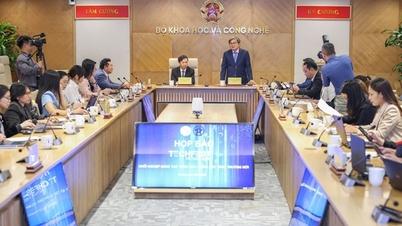








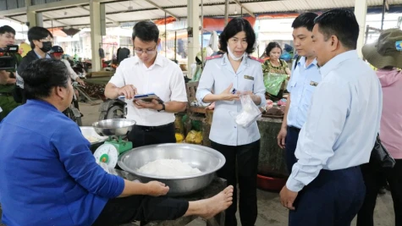

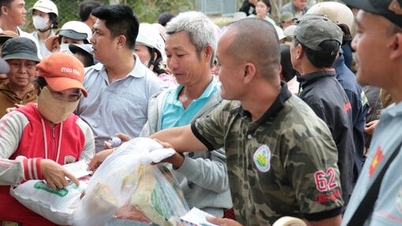

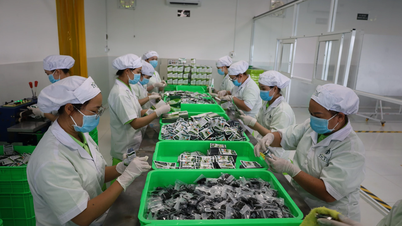



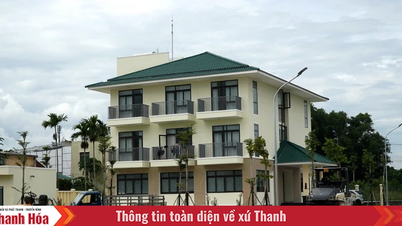












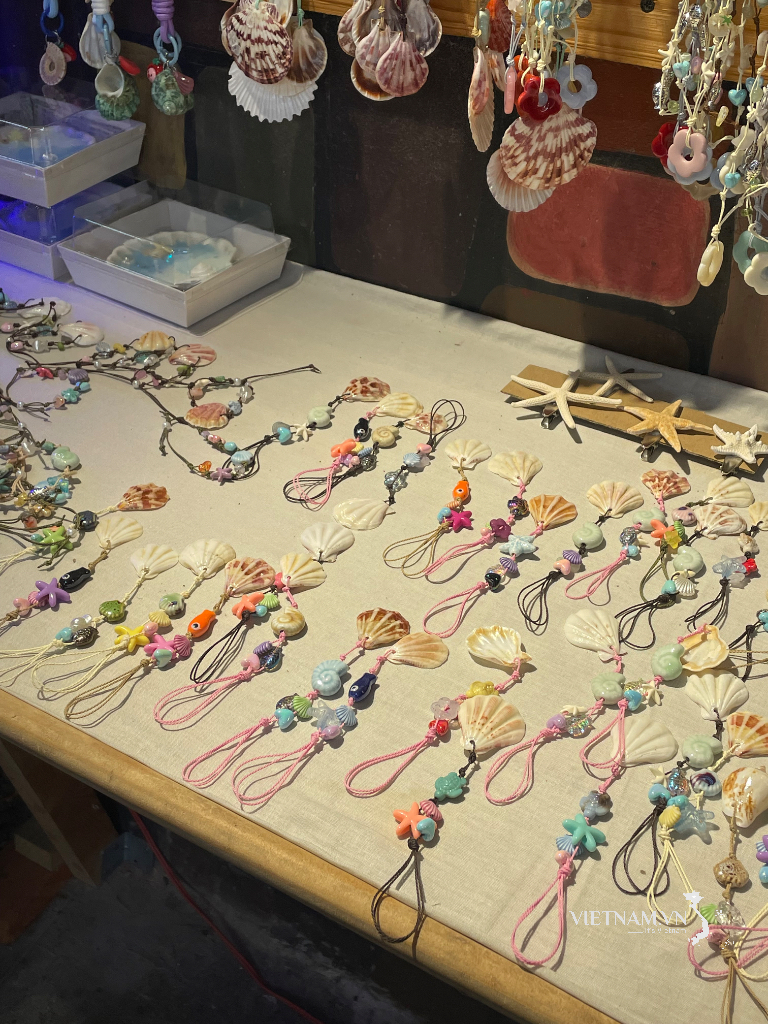
Comment (0)